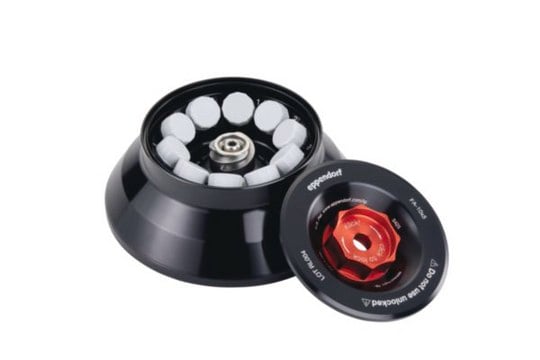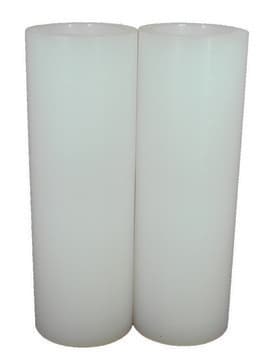CN34892
Acetonitrile
Preparateur, ≥99.9% (GC), Customized plastic drum
Synonim(y):
ACN, Cyanomethane, Ethyl nitrile, Methyl cyanide
About This Item
Polecane produkty
gęstość pary
1.41 (vs air)
ciśnienie pary
72.8 mmHg ( 20 °C)
Próba
≥99.9% (GC)
Postać
liquid
temp. samozapłonu
973 °F
granice wybuchowości
16 %
zanieczyszczenia
≤0.005% free acid (as CH3COOH)
≤0.02% water (Karl Fischer)
≤1 mg/L non-volatile matter
kolor
colorless
przepuszczalność
200 nm, >50%
220 nm, >90%
współczynnik refrakcji
n20/D 1.344 (lit.)
tw
81-82 °C (lit.)
mp
−45 °C (lit.)
gęstość
0.786 g/mL at 25 °C (lit.)
format
neat
ciąg SMILES
CC#N
InChI
1S/C2H3N/c1-2-3/h1H3
Klucz InChI
WEVYAHXRMPXWCK-UHFFFAOYSA-N
Szukasz podobnych produktów? Odwiedź Przewodnik dotyczący porównywania produktów
Opis ogólny
Zastosowanie
- Organic synthesis
- Liquid-liquid extraction, solid-phase extraction or microextraction.
- Spectrophotometric and fluorimetric techniques.
- Electrolytes in lithium-ion batteries
- Determination of pKa values of organic superbases using the isodensity polarization continuum model (IPCM).
Hasło ostrzegawcze
Danger
Zwroty wskazujące rodzaj zagrożenia
Zwroty wskazujące środki ostrożności
Klasyfikacja zagrożeń
Acute Tox. 4 Dermal - Acute Tox. 4 Inhalation - Acute Tox. 4 Oral - Eye Irrit. 2 - Flam. Liq. 2
Kod klasy składowania
3 - Flammable liquids
Klasa zagrożenia wodnego (WGK)
WGK 2
Temperatura zapłonu (°F)
35.6 °F - closed cup
Temperatura zapłonu (°C)
2.0 °C - closed cup
Choose from one of the most recent versions:
Masz już ten produkt?
Dokumenty związane z niedawno zakupionymi produktami zostały zamieszczone w Bibliotece dokumentów.
Nasz zespół naukowców ma doświadczenie we wszystkich obszarach badań, w tym w naukach przyrodniczych, materiałoznawstwie, syntezie chemicznej, chromatografii, analityce i wielu innych dziedzinach.
Skontaktuj się z zespołem ds. pomocy technicznej










